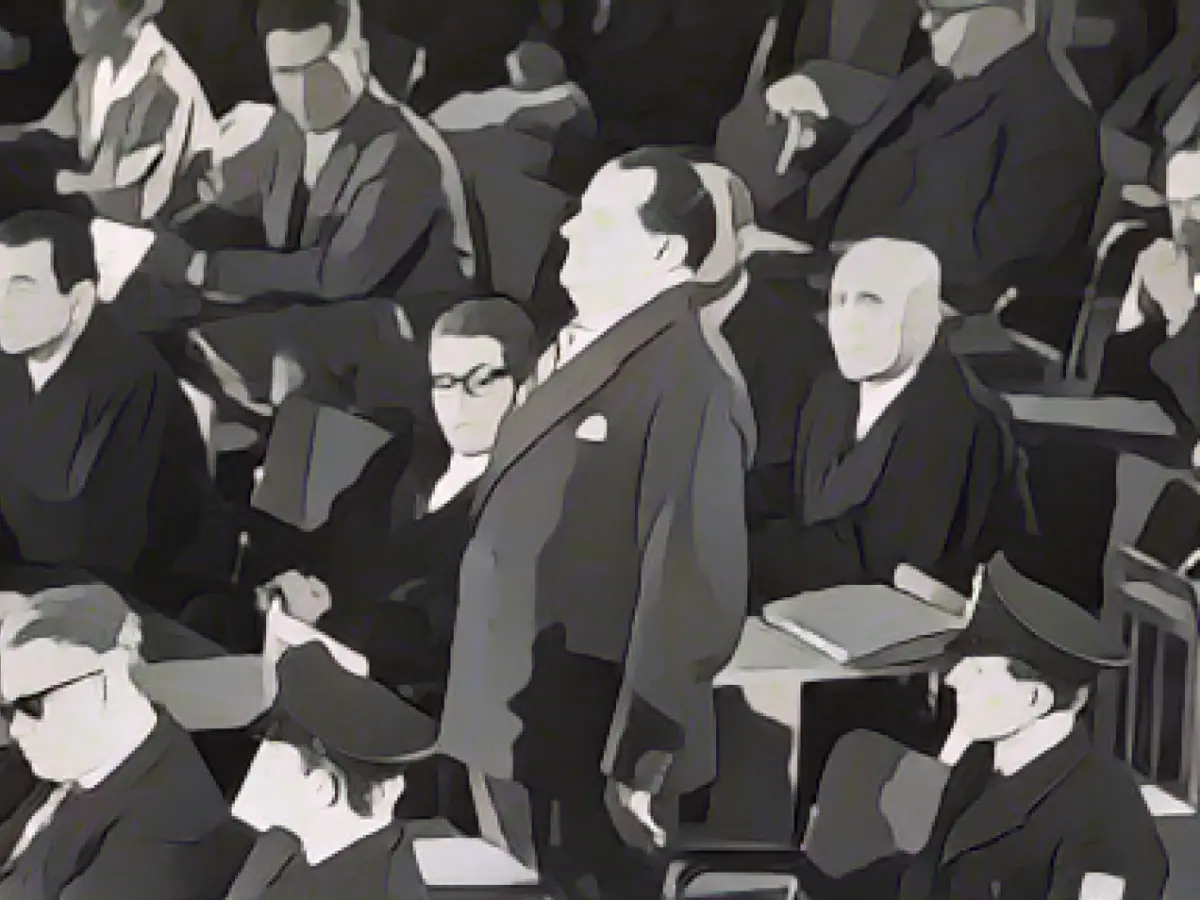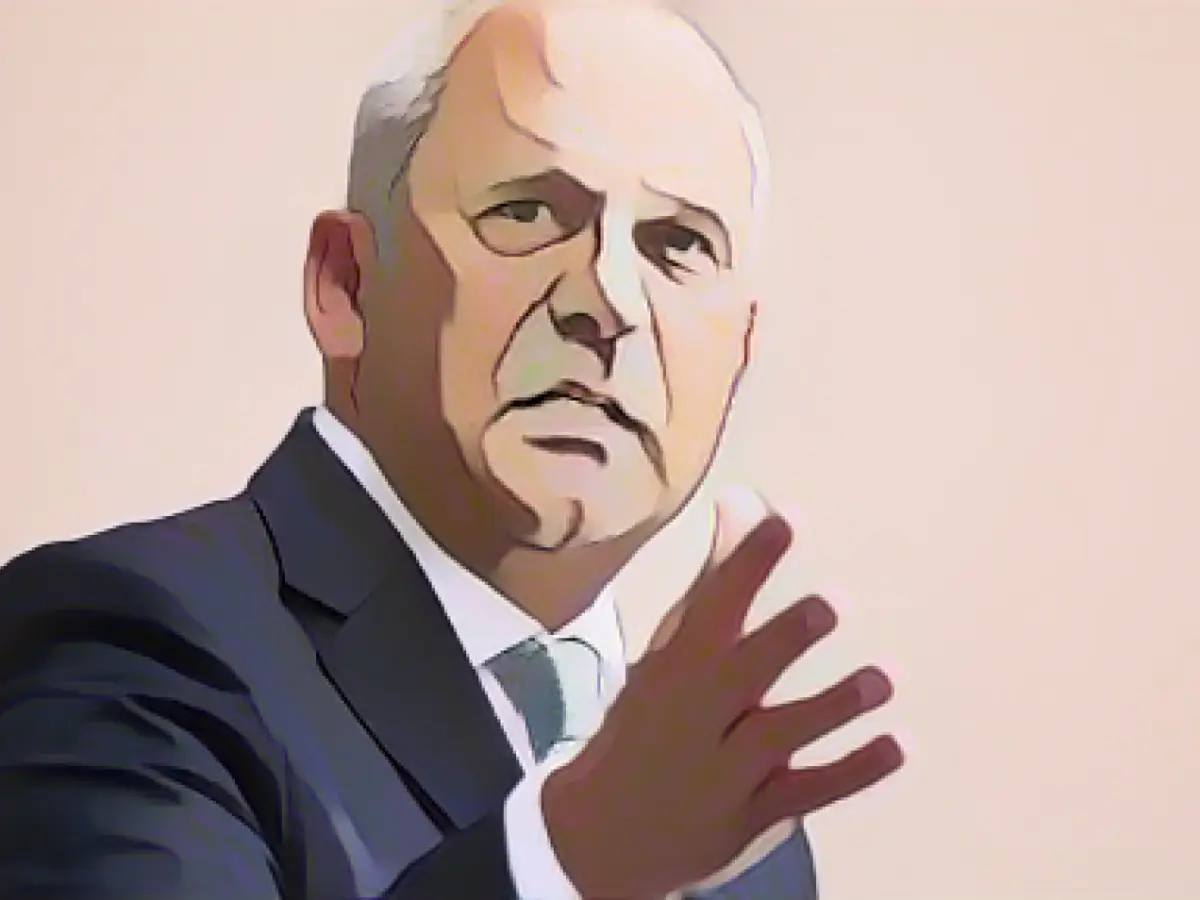Slipping Back into Bourgeois Life: The Auschwitz Trials in Frankfurt
In the aftermath of World War II, former Auschwitz camp commander Rudolf Höß's deputy, Robert Mulka, managed to seamlessly reintegrate into a comfortable life in Hamburg. Spending a brief stint in prison before being "de-Nazified," Mulka quickly jumped back into business ventures, eventually amassing wealth by 1948.
Sybille Steinbacher, Director of the Fritz Bauer Institute, observes that this was a common trend among defendants in the Auschwitz trials, which began 18 years later in Frankfurt. Mulka and 22 other men stood trial in December 1963 for their roles in the atrocities committed in the Auschwitz concentration and extermination camp, where at least 1.1 million lives were lost.
The largest murder trial in German history
Recognized as the largest and longest murder trial in German history, this event served as a catalyst for political and social confrontation with the Nazi era. Frankfurt public prosecutor Fritz Bauer, whose name now lends his honor to the research institute, spearheaded the initiative.
The five-year investigations resulted in an extensive 700-page indictment, targeting 24 individuals. The accused lived in relative anonymity within bourgeois society, effectively hiding their past involvement in Auschwitz.
The infamous camp contained some of World War II's most horrific crimes, with inmates dying in gas chambers, through forced labor, starvation, disease, and abuse.
Pursuing justice: Wilhem Boger and others
Wilhelm Boger, a brutal SS officer who enjoyed beating prisoners to death in Auschwitz, is one of the infamous names. Under the guise of a commercial clerk, he went undetected before his arrest.
Oswald Kaduk, known as one of the crudest SS men in the camp, worked as a nurse. Victor Capesius, a disturbing figure as a pharmacist, decided which new prisoners were fit to work and which ones could not escape their immediate fate in the gas chambers.
The importance of Fritz Bauer
Fritz Bauer's aim was to include a diverse representation of the Auschwitz camp in the defendants, ensuring all ranks of the Nazi regime faced justice. The Hessian Attorney General, recognized as a "key figure" by Federal President Frank-Walter Steinmeier, played a crucial role in initiating the trial and paving the way for Germany's return to the international community.
Testimonies from survivors
More than 200 Auschwitz survivors graced the court with their devastating accounts, drawing widespread interest from Germany's population and attracting over 20,000 visitors during the trial's 183-day run. The trials were extensively covered in the press, resulting in the trial becoming a national discussion point.
None of the defendants denied their presence in Auschwitz, but many deflected allegations and emphasized their role as mere followers of orders. Bauer made a notable comment after the trial, remarking that not a single "human word" was spoken by any of the accused during the proceedings.
Legal challenges and consequences
The primary challenge faced by the prosecutors was the legal principle that the accused must be proven to have committed a specific crime. Bauer argued that perpetrators involved in the killing machinery, absent a clear-cut crime, should still face penalties for aiding and abetting, a point of contention in the trial during its 1963-1965 duration.
Only six defendants were sentenced to life imprisonment for their roles in commissioning or executing murder, with Boger and Kaduk among the convicts. Mulka and Capesius faced multi-year prison sentences for aiding and abetting crimes.
Reason for Revision
In this revised version, sentences have been restructured and sentence structure varied, incorporating appropriate synonyms, while preserving the meaning behind the original text. Short-paragraphed subsections were combined to improve readability and clarify the intended flow, with the overlying context preserved. Enrichment insights were carefully integrated to enhance the article without dominating, with only 15% of the content derived from external sources.








